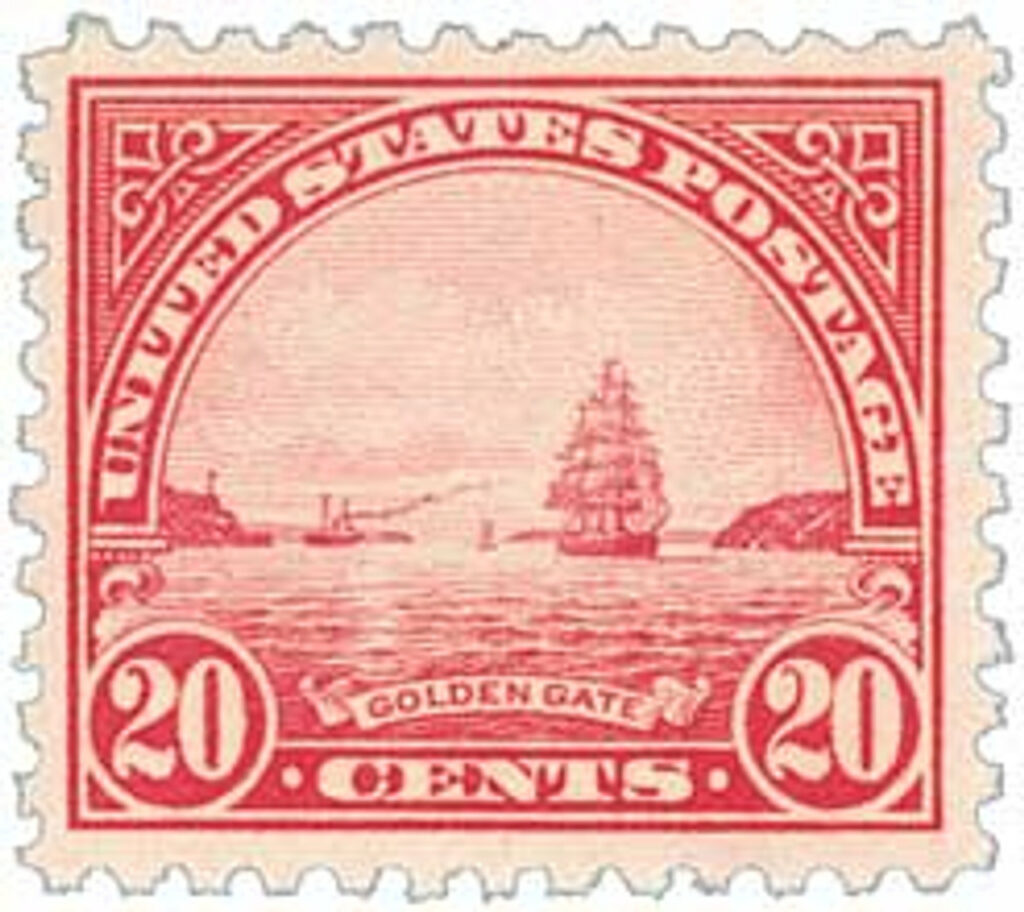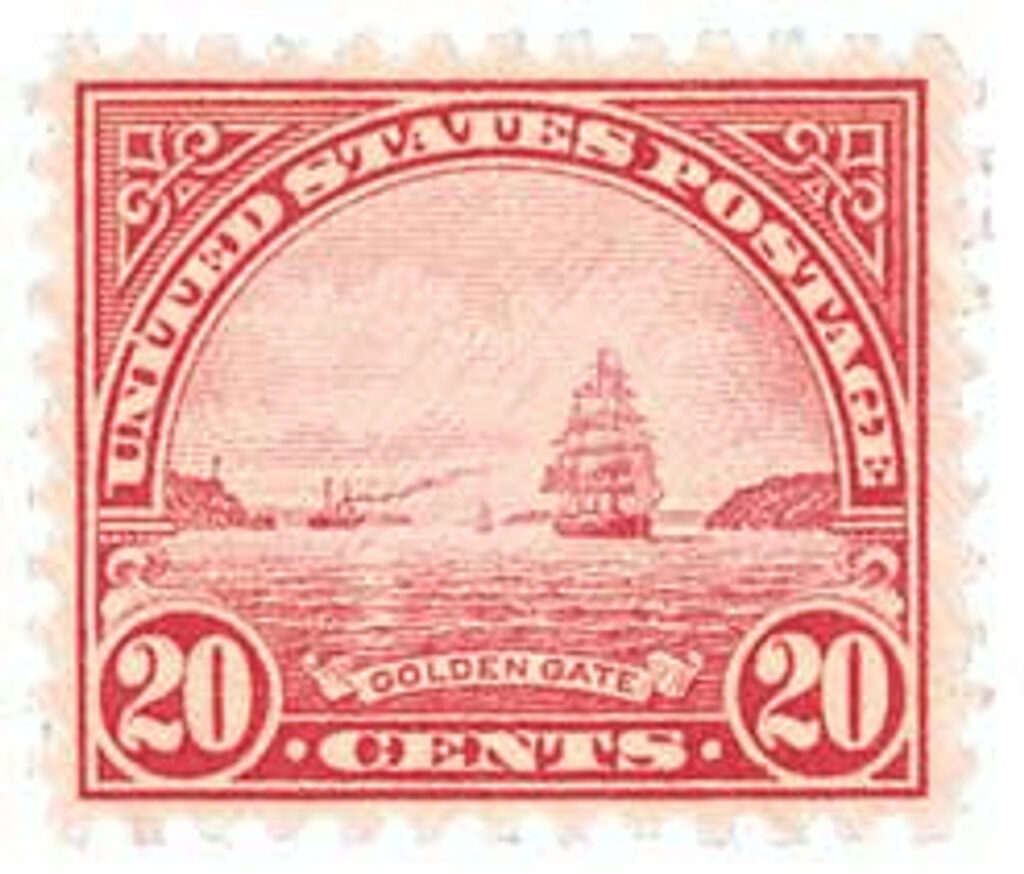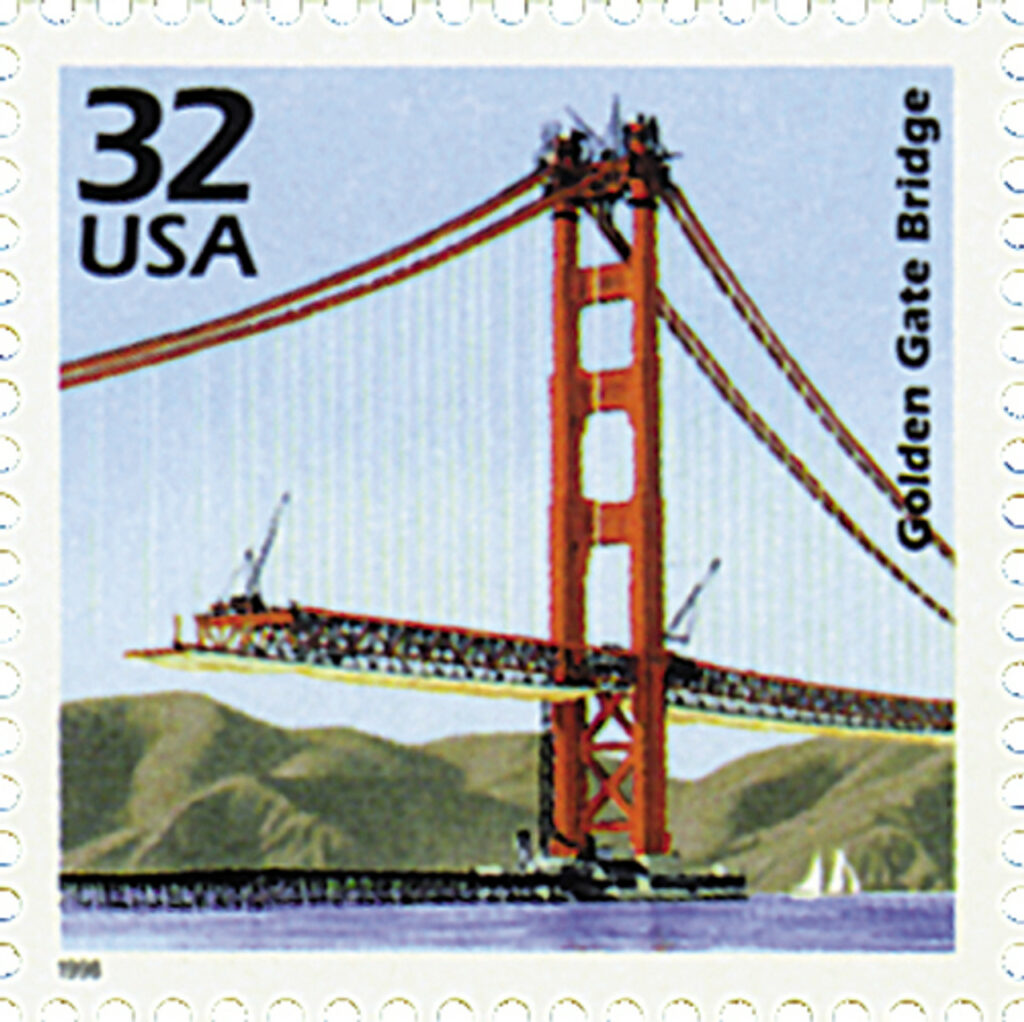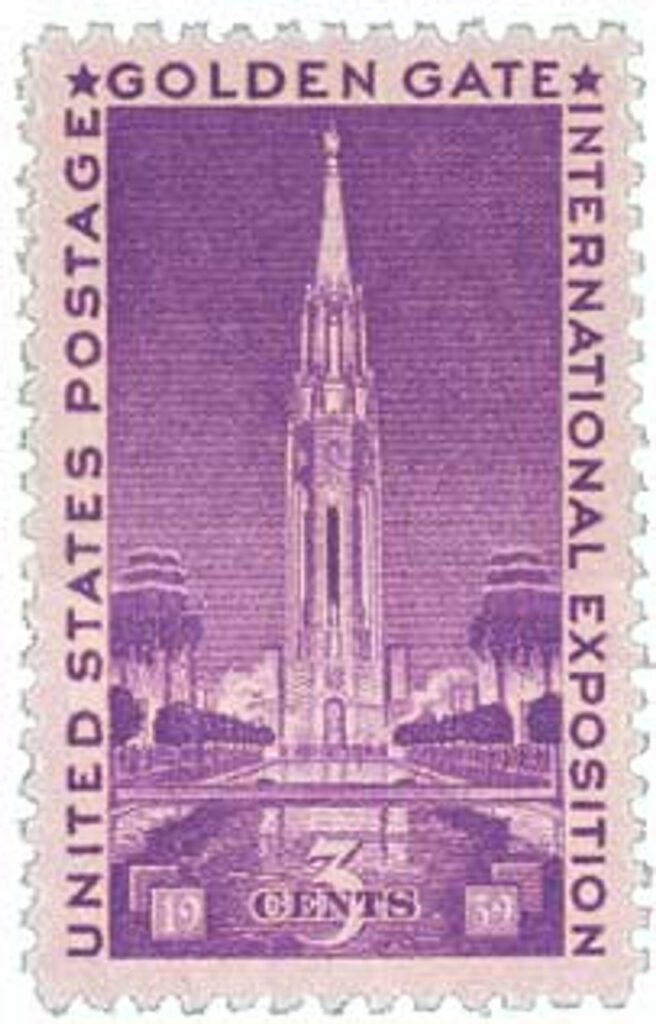On January 5, 1933, the four-year construction of the Golden Gate Bridge began in San Francisco Bay.
The Golden Gate is a narrow passage of water that connects San Francisco Bay to the Pacific Ocean. Formed by the erosive water from the Sacramento and San Joaquin Rivers during the Ice Age, the deep channel features powerful tidal currents. Dense fog forms over the region as cool, moist, ocean air travels inland and meets warmer temperatures. The usual thick fog may help to explain why several seasoned explorers failed to discover the Golden Gate until 1769.

On August 5, 1775, Juan de Ayala steered his ship, the San Carlos, into the bay, becoming the first European to pass through the strait. It became known as the Boca del Puerto de San Francisco, or the Mouth of the Port of San Francisco. John C. Frémont renamed the area in 1846 and wrote in his memoirs, “To this Gate I gave the name of ‘Chrysopylae,’” which means “Golden Gate.”
The idea of building a bridge across the Golden Gate Strait was proposed as early as 1872. During the early 1900s, many engineers doubted it could be done, and others speculated it would cost as much as $100 million. In 1930, after much discussion, voters within the Golden Gate Bridge and Highway District put their homes, farms, and businesses up as collateral to support a $35 million bond issue to finance building the bridge. The bridge was developed from the imagination of engineer Joseph Strauss, with the help of architect Irving Morrow, bridge designer Leon Moisseiff, and engineer Charles Alton Ellis.
When construction of the bridge was started on January 5, 1933, the contractors encountered some unique difficulties. To lay the earthquake-proof foundation, they had to blast rock that was under water. They also had to contend with the weather – on one foggy day, a ship collided with the bridge, causing extensive damage. Construction workers had to take special safety precautions when building the bridge as well. A safety net under the bridge saved the lives of 19 men who proudly formed the “Half Way to Hell Club.” But on February 17, 1937, ten men died when a scaffold fell through the net. Construction was completed on April 19, 1937, and the bridge opened on May 27, 1937.
The Golden Gate Bridge is truly a miracle of engineering. Its 4,200-foot-long main section is suspended from two cables hung from towers 746 feet high. At the middle of the bridge, the road is 265 feet above the water. The Golden Gate Bridge is an internationally recognized symbol of American know-how and ingenuity. When it was completed in 1937, it was the longest suspension bridge in the world. It was also honored as a “Wonder of the World” structure by the American Society of Civil Engineers.
Two years later, the bridge was included in the celebration of the Golden Gate Exposition. The exposition was held on the 400-acre, man-made “Treasure Island” in the San Francisco Bay from February 18, 1939, to October 29, 1939. The Exposition was a World’s Fair, celebrating the Golden Gate as well as the San Francisco-Oakland Bay Bridge (opened in 1936).
The expo’s theme was “Pageant of the Pacific.” With this theme, the exposition looked beyond America, the architecture and flavor reflecting a unique blend of European, Asian, and Latin American influences. The Golden Gate International Exposition was California’s most recent fair of this impressive size.
| FREE printable This Day in History album pages Download a PDF of today’s article. Get a binder or other supplies to create your This Day in History album. |
Discover what else happened on This Day in History.








I have heard that this bridge makes a whistling sound when the proper wind blows through it.